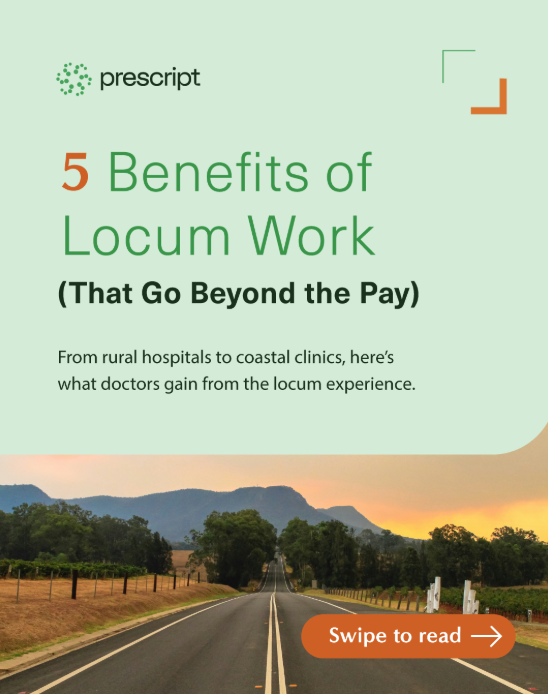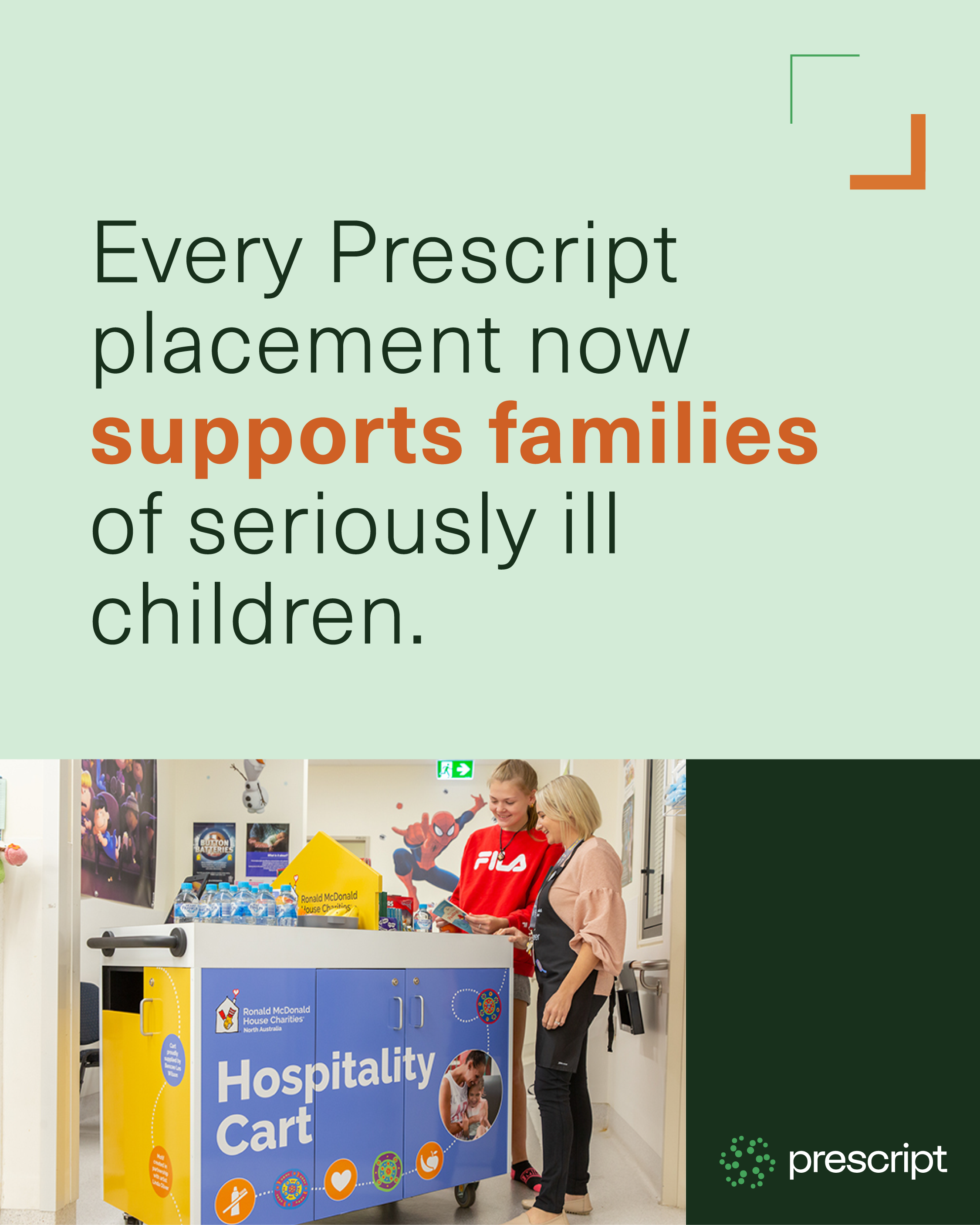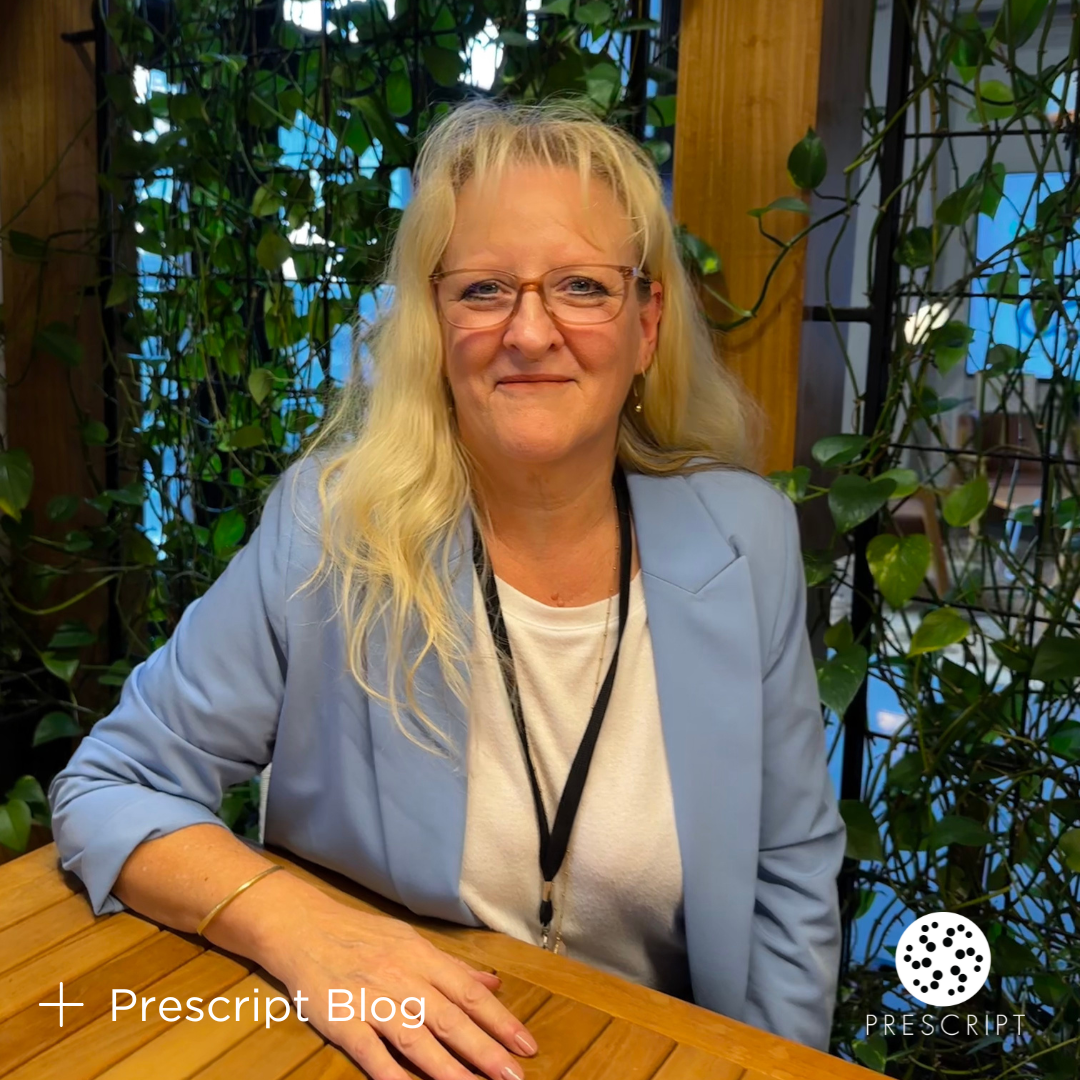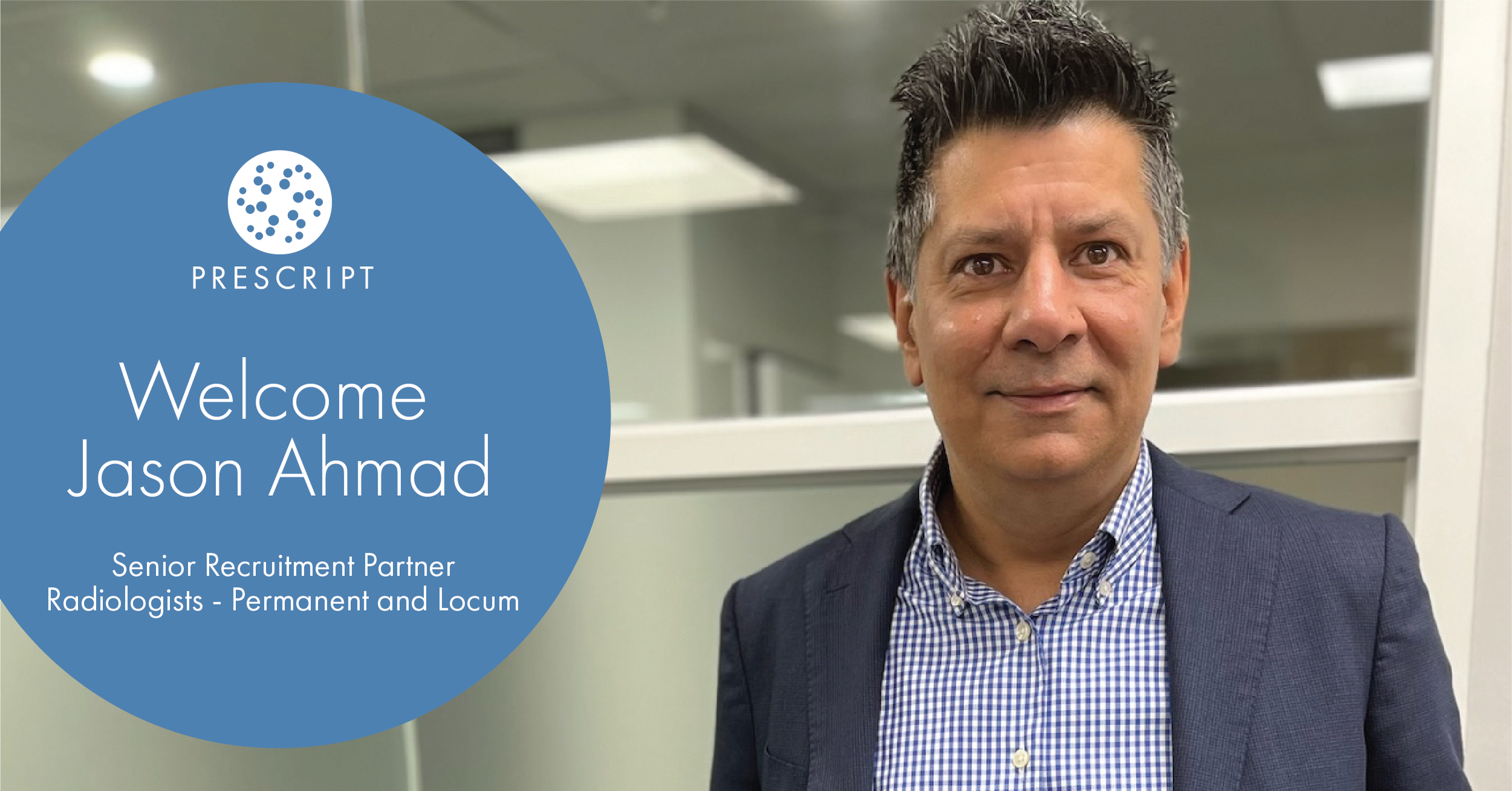Thinking about what’s next in your radiology career?
We’re here to make the case for working in regional Australia — and to show you the many different ways to do it.
Exceptional radiologists take regional roles for all sorts of reasons — a fresh start, a stronger sense of purpose, a break from burnout, or simply to try something new through locum work or teleradiology.
Three Ways We Can Help You Work Differently
At Prescript, we support radiologists across three main work pathways — giving you the freedom to shape your next chapter:
Locum – Short- or medium-term placements with travel, accommodation, and logistics fully supported.
Permanent – Long-term moves to communities that value your expertise.
Teleradiology – Remote work from wherever you are, with flexible hours and excellent pay.
Whatever your goals, we’re here to help you find the right fit.
Why work in regional health?
Because you’ll be making a difference where it matters.
With radiologists in short supply outside the capitals, your skills can directly improve access to care in communities that need it most. That brings not just professional satisfaction, but real personal reward.
It’s not only about impact, though — regional radiology roles can offer broader clinical exposure, better pay, and more flexible ways of working. There are real options, whether you're interested in locum stints, a permanent move, or even remote teleradiology.
The benefits of working in regional Australia:
Closer relationships with patients and referring clinicians
Broader case variety – more opportunity to stay generalist or develop niche interests
Higher earnings – rural incentives and less competition
Lifestyle gains – a more relaxed pace outside of work
Work-life balance – more control over your time
Autonomy – shape your department and your role
Where can radiology take you?
Let these standout locations spark your imagination
Whether you're after a sea change, tree change, or just somewhere new — there’s a community out there that fits your goals and values. We’re here to help you find it.
Life on the Coast
Sunshine Coast, QLD – People flock here for holidays; imagine working here full-time, just a short drive from Brisbane.
Coffs Harbour, NSW – Beaches, great schools, and modern hospitals make this a favourite for families.
Broome, WA – Deliver high-impact care one day, and ride camels at sunset the next.
Somewhere Green and Cool
Launceston, TAS – A foodie and nature-lover’s haven with a close-knit hospital culture.
Bega, NSW – A lush farming valley known for its cheese and charm, with real demand for radiologists.
Albury-Wodonga, NSW/VIC – Twin cities with regional hospital infrastructure, great living and even better fresh air.
Somewhere Warm and Dry
Alice Springs, NT – Remote, rewarding, and full of clinical diversity.
Broken Hill, NSW – Historic and artistic, Broken Hill offers depth — in both culture and casework.
Kalgoorlie, WA – Regional WA’s largest city with strong facilities and a need for generalist radiologists.
What happens if one of these sparks your interest?
When you give the word, we’ll take it from there.
Prescript’s concierge-level support means you can focus on the work while we handle logistics — from credentialing and travel to helping you find local coffee, accommodation, and social circles. We’ll make the move simple and stress-free.
Where to find work as a regional radiologist
Australia’s regional imaging landscape is varied, giving you flexibility in how and where you work:
Large private imaging networks
Multi-site providers with national systems and support. Great for those who enjoy structure, with the opportunity to pursue sub-specialty interests alongside generalist work.Independent regional clinics
Often single-site or family-run, these offer autonomy, variety, and deeper relationships with your referrers and community.Public hospitals
From regional base hospitals to remote district health services, expect broader clinical exposure and opportunities for interventional or teaching roles.Private hospitals
Modern, well-equipped environments with elective-heavy caseloads and less emergency pressure.Teleradiology providers
Deliver meaningful reports from wherever you’re based. It’s an ideal solution for radiologists wanting flexibility or who aren’t ready to relocate.
Your questions answered
What’s the cost of living like?
In short: lower. Rent alone can be dramatically cheaper. In Alice Springs, for example, average rent is around 70% less than in Sydney (Numbeo, 2025). That means more left over for travel, family, or fun.
Is relocating hard?
Not with us. We’ll handle everything — from paperwork and onboarding to where to park and how to connect with the local community. You won’t go it alone.
Will I get bored?
Not likely. Most radiologists tell us the variety, autonomy, and lifestyle balance make life feel richer — not quieter. Plus, regional and remote work often brings unique clinical challenges you won’t see elsewhere.
Can I do this remotely?
Yes — many radiology groups now offer teleradiology roles with competitive rates and full flexibility. If that’s more your style, we can help.
When you're ready, we’re here
Prescript is here to connect radiologists with the right work — whether you’re on the move, working from home, or stepping into something new. We bring clarity, care and real insight into every placement.
Let’s talk about what’s next.
“Prescript are medical recruitment specialists.”
At Prescript we’re known for helping solve the regional doctor shortage in Australia.
Every day we’re focused on two clear outcomes - Helping hospitals find doctors that create departments and clinics that run better, have more capacity and less stress. And placing Doctors in jobs that leave them feeling highly valued, rewarded and, most importantly, enjoying what they do.
We believe that when we get these two crucial things right, it has a huge impact on the regional doctor shortage and the healthcare of communities across Australia.
There are three ways to contact us:
Call 1300 755 498
Email hello@prescript.com.au
Click 'Connect with Prescript'
“We’re known for solving the regional doctor shortage, leaving doctors loving what they do and regional communities feeling like they have the best doctors in town.”




































